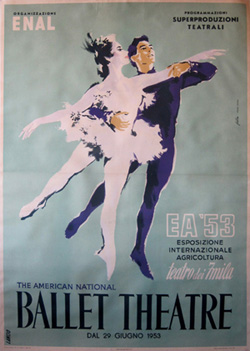Jonathan L. Friedmann, Ph.D.
In the Little Rascals short, “Mike Fright” (1934), several child performers audition for a station manager and a sponsor of a radio station. The Rascals are there as The International Silver String Submarine Band, a rag-tag troupe wielding an assortment of rusty hand-made instruments. The boys wait impatiently as the other acts audition, rudely disrupting the proceedings with their uncultured antics. Leonard, a smug and overconfident trumpeter, has his performance foiled by Little Rascals Tommy and Alvin, who start sucking on lemons while he plays. When Leonard sees the boys, his face puckers involuntarily, making it impossible for him to blow his horn.
This memorable scene depicts the human capacity for body mapping: an automatic response in which neural representations of perceived motor actions are activated in the viewer’s brain and trigger visceral responses. It is the reason we cringe when we see a needle poke someone’s arm, or yawn when we see somebody yawning. Similar empathic reactions have been observed in other primates, and the biological mechanisms responsible—mirror neurons, mimicry, and emotional contagion—probably predate the primate order.
Bodily empathy also plays a significant role in aesthetic appreciation. According to Frans de Waal, director of the Living Links Center at the Yerkes Primate Center in Atlanta, Georgia, a major appeal of ballet, opera or trapeze flying is that, as we watch the performers, we enter their bodies. In his recent book, The Bonobo and the Atheist: In Search of Humanism Among the Primates, de Waal explains that when a dancer leaps across the stage, we too are momentarily suspended in air. When the diva sings her dramatic aria, we feel her voice as our own. When we see a painting showing the agony of a human figure, we cannot help but feel that emotion.
Even abstract art can stimulate body channels. De Waal cites an article by Vittorio Gallese, co-discoverer of mirror neurons, and art historian David Freedberg, which describes how observers unconsciously trace movements on a canvas. We sense body motion in the brush marks and put ourselves in the moment of the artist at work. This is like the cellist or pianist who involuntarily moves her fingers while listening to a recording of the instrument.
These examples reinforce the growing scientific view that empathy, while not lacking a cognitive component, begins as a pre-cognitive function propelled by bodily sentiments. This helps paint a bottom-up picture of morality, in which day-to-day interactions stimulate gut motivations that occur before and apart from rationalizations. Such “morality within” is not just a human phenomenon, but appears in other animals (primarily mammals) as well. The associated implications for the arts are equally profound, as empathy accounts largely for the pleasure we derive from them.
Visit Jonathan’s website to keep up on his latest endeavors, browse his book and article archives, and listen to sample compositions.
